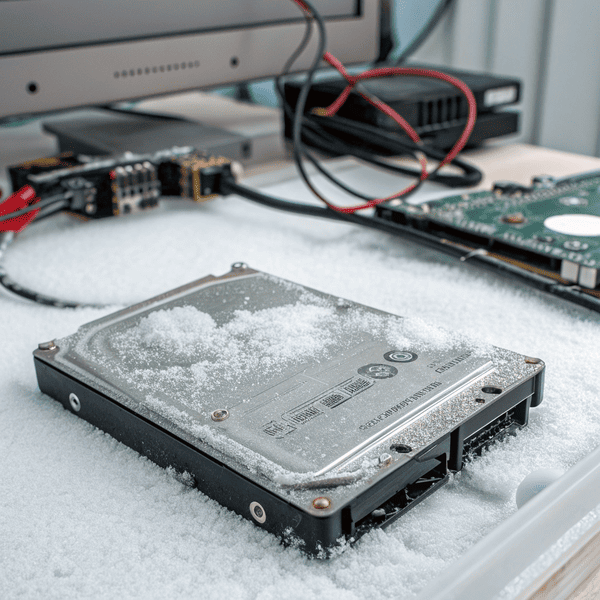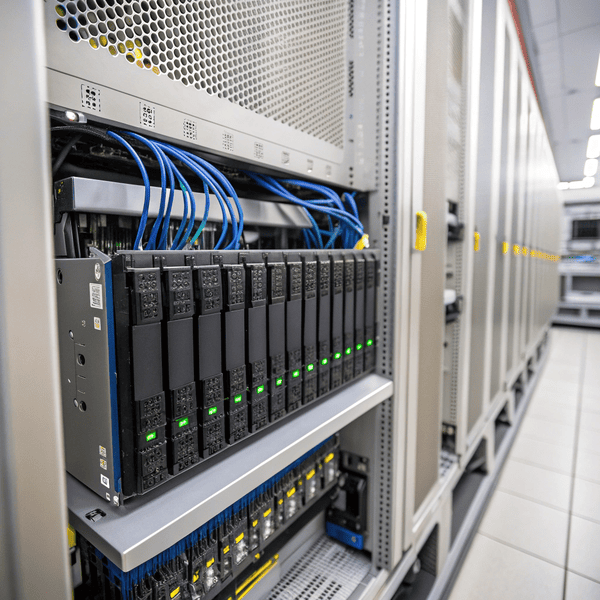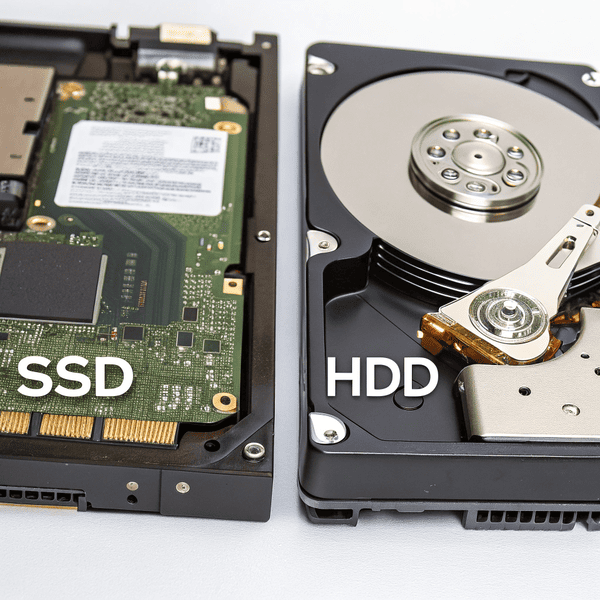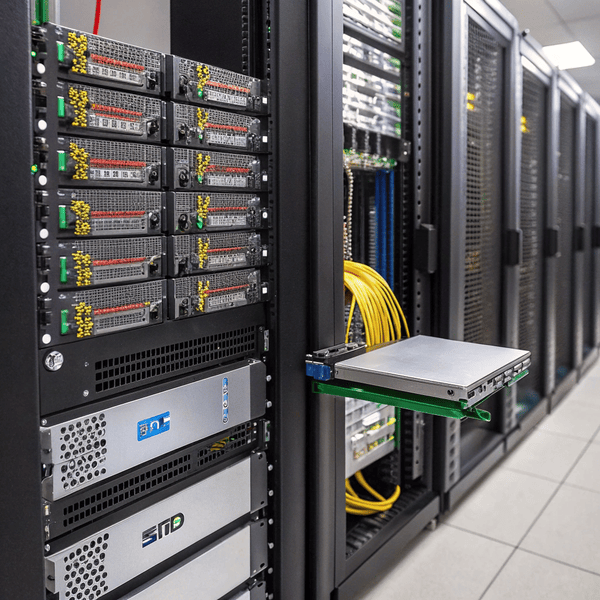When your SSD freezes during file transfers, you worry about losing work or damaging your drive. This frequent issue can really disrupt your routine.
Portable SSDs often freeze during copy or delete due to driver problems, Portable SSDs[^1] often freeze during copy or delete due to driver problems, outdated firmware, cable faults, or overheating. Start by updating drivers, checking cables, and keeping the SSD cool to prevent file transfer freezes.
[^1]: Explore this link to learn essential tips for maintaining your Portable SSD's performance and preventing freezes.
, cable faults, or overheating. Start by updating drivers, checking cables, and keeping the SSD cool to prevent file transfer freezes.
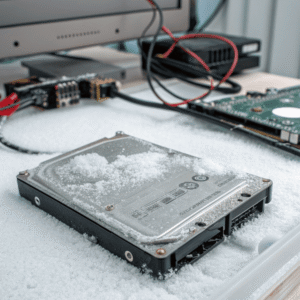
It happened to me after a big software update. My SSD froze every time I tried copying large folders. Sometimes the drive even disconnected mid-task. Solving these sudden freezes is possible with a little patience and the right sequence of checks.
How to fix external hard drive freezes when copying files?
Seeing the transfer bar stuck for minutes can put any project on hold. You want a fix that works right away.
To fix external hard drive freezing when copying, inspect cables, To fix external hard drive freezing[^1] when copying, inspect cables, update USB drivers, scan for malware, and ensure your SSD does not overheat. Using proper ports and keeping your drive cool helps avoid freezes.
[^1]: Understanding the causes can help you prevent issues and ensure smooth operation of your external hard drive.
, scan for malware, and ensure your SSD does not overheat. Using proper ports and keeping your drive cool helps avoid freezes.
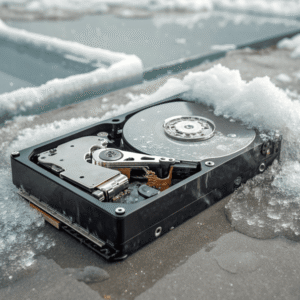
The first time my SSD froze, I suspected a faulty cable, so I switched to another one. That simple action let the copy finish without issues. USB cables can degrade with time, causing interrupts. If cable swaps do not work, scan your PC for malware. Trojans and viruses sometimes lock external drives during file operations.
Next, update your drivers. Open Device Manager on Windows, find "Universal Serial Bus controllers," and right-click each one to update. SSD firmware can have bugs, so download the latest firmware from the SSD maker’s site.
If the SSD gets hot, especially after hours of copying, place it on a cool surface and avoid stacking with other electronics. Heat causes slowdowns and sudden freezes.
Here's a quick troubleshooting table:
| Step | What to Try | Result |
|---|---|---|
| Swap USB Cable | Use new cable | Stable transfer |
| Update USB/SSD Drivers | Via Device Manager | Fewer transfer issues |
| Scanning for Malware | Antivirus tools | Remove interference |
| Manage SSD Heat | Cooling solutions | Prevent slowdowns/freezes |
How to unfreeze an SSD?
Watching your SSD lock up mid-task is frustrating. You need to save your files and regain control quickly.
Unfreeze an SSD by unplugging and replugging the drive, force-closing locked programs, and using Unfreeze an SSD[^1] by unplugging and replugging the drive, force-closing locked programs, and using Windows Task Manager to end stuck processes. Check drive health for reoccurring problems.
[^1]: Exploring SSD maintenance practices can help you prolong the lifespan and performance of your drive.
to end stuck processes. Check drive health for reoccurring problems.
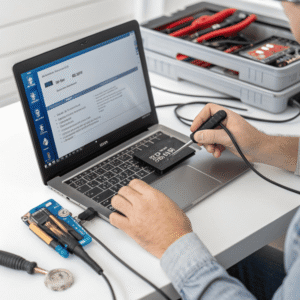
When my SSD freezes, I first unplug it, wait ten seconds, and plug it in again. Most often, quick removal resets the connection. If Windows shows a "Not Responding" message, open Task Manager (Ctrl+Shift+Esc), find the stuck process, and click "End Task." This returns control most of the time.
After unfreezing, scan your SSD for errors. Use tools like CrystalDiskInfo or Windows Error Checking tool (right-click the drive > Properties > Tools > Check). Look for signs of wear, bad sectors, or firmware warnings.
If you use macOS, unplug and use Activity Monitor to close stuck applications. Always make sure to safely eject the disk before removal.
Here's a table showing the steps for unfreezing SSDs:
| Solution | How to Use | Purpose |
|---|---|---|
| Unplug/Replug | Wait, reconnect | Reset connection |
| End Task | Task Manager/Activity Monitor | Free resources |
| Drive Scan | Diagnostics software | Check disk health |
| Safe Ejection | Eject via OS | Prevent file loss |
Following these basic steps prevents further problems and saves valuable files.
How to fix SSD freeze?
An SSD that keeps freezing can feel unsolvable. But taking a step-by-step approach really helps.
Fix SSD freeze by Fix SSD freeze by updating firmware, running error scans, replacing older cables, and using SSD management software[^1] to check for overheating or firmware flaws.
[^1]: Explore this link to find top SSD management software that can help monitor and optimize your SSD's performance.
, running error scans, replacing older cables, and using SSD management software to check for overheating or firmware flaws.
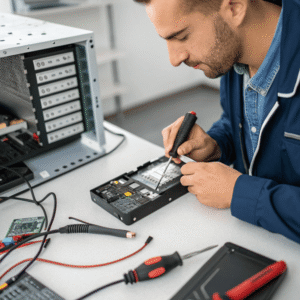
My SSD used to freeze unpredictably. I downloaded all the latest updates for both Windows and the SSD’s firmware. This improved performance, and freezes almost stopped. SSD management apps (like Samsung Magician or Western Digital SSD Dashboard) let you monitor drive temperature, update firmware, and check health.
If freezes happen with certain files or folders, scan your system for malware. Physically switch to a different USB port—some ports have lower power, which can make SSDs choke under heavy load.
For SSDs older than three years, check for wear. Large numbers of bad sectors signal drive failure. If issues persist, backup your data and consider drive replacement.
Here's a table listing how to handle persistent freezes:
| Fix | Method | Reason |
|---|---|---|
| Update Firmware | SSD maker’s app/website | Solve bugs |
| SSD Health Check | CrystalDiskInfo/SSD Dashboard | Find bad sectors/wear |
| Use New Cables/Ports | Replace cable, switch port | Ensure solid connection |
| Backup & Replace | Backup data, new SSD | Persistent hardware issue |
With the right fixes, SSD freezes rarely become serious and files remain safe.
Conclusion
Fix SSD freezes by swapping cables, updating drivers, scanning for errors, and keeping your drive cool when copying or deleting files.

